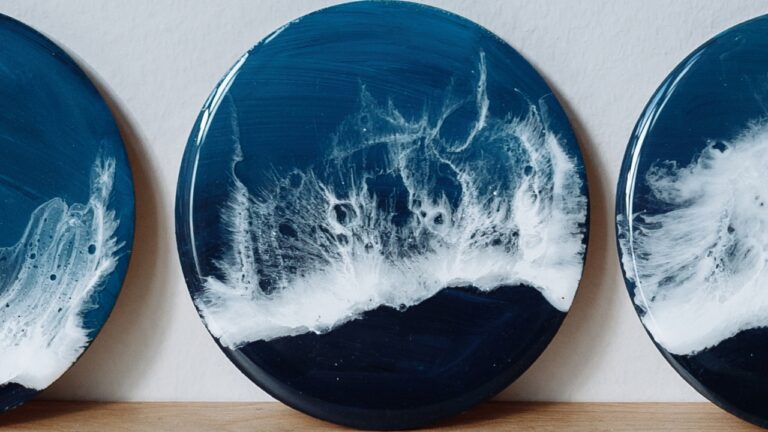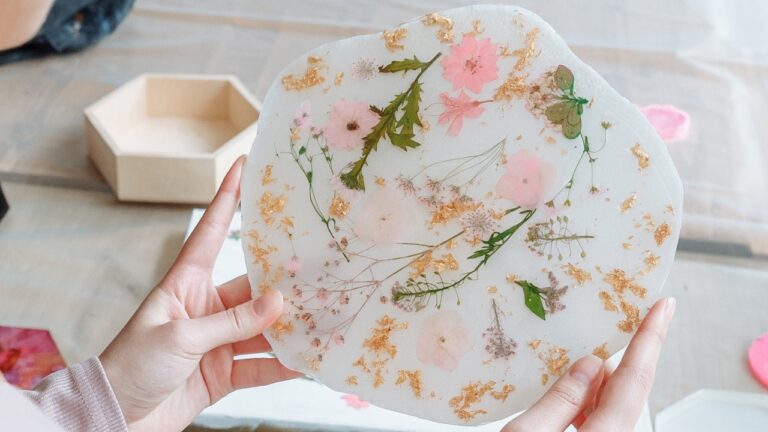Why Resin Is Cloudy [And How To Fix It]
Hey there, crafty pals! We’re here to explain the common reasons why resin is cloudy or becomes cloudy while curing.
Ever been super excited about creating something epic with resin, only to find that it turns out kind of cloudy or hazier than expected? You take it out of the mold and wonder why it isn’t shiny.
Resin should be shiny and free of bubbles and cloudiness unless you are going for a matte look to the resin.

Ugh, we’ve all been there. But fear not! This guide is your new best friend in the cloudy resin mystery-solving journey. Cloudy resin is up there on the list of top of resin problems you may encounter.
We’ll dive into the nitty-gritty of why your resin might be playing hide-and-seek with clarity during the curing process. So, grab a cup of your favorite crafting beverage and let’s unravel the secrets behind why resin is cloudy together! 🌈✨
Why Resin Is Cloudy
Resin can turn cloudy due to various factors such as improper mixing ratios, inadequate stirring leading to trapped air bubbles, and environmental conditions like high humidity.
Moisture contamination during the mixing process or using expired resin can also contribute to a cloudy finish. Opting for high-quality resin and adhering to recommended curing procedures can significantly reduce the likelihood of cloudiness in your resin projects.
1. Improper Resin To Hardener Proportions:
Issue: Achieving the right resin-to-hardener ratio is crucial for proper curing. Deviating from the recommended proportions can lead to incomplete chemical reactions, resulting in cloudiness.
Fix: Invest in precise measuring tools and follow the manufacturer’s instructions diligently. Thoroughly mix the resin and hardener in the correct proportions, ensuring that every nook and cranny is covered to promote an even cure.

2. Under-Mixing:
Issue: Resin and hardener must be thoroughly combined to trigger the chemical reaction necessary for curing. Inadequate stirring can lead to patchy curing and, subsequently, a cloudy appearance.
Fix: Extend your mixing time as per the product guidelines. Pay attention to the sides and bottom of your mixing container to ensure a complete integration of resin and hardener. Consider using slow and deliberate stirring motions.
See our complete guide on how to properly mix resin.
3. Moisture Contamination:
Issue: Resin is hygroscopic, meaning it readily absorbs moisture. Even a small amount of humidity can interfere with the curing process and result in cloudiness or a foggy finish.
Fix: Choose a dry environment for your resin projects. Store resin in a cool, dry place and use moisture-resistant materials. Be cautious of water-containing substances during the mixing and pouring process to prevent contamination. Always use clean and dry mixing cups and tools.
4. Temperature Fluctuations:
Issue: Resin’s behavior is temperature-sensitive. Extreme temperatures can impact its viscosity and curing time, potentially leading to cloudiness.
Fix: Maintain the recommended temperature range for both your workspace and materials. Avoid sudden temperature changes, as they can disrupt the curing process. Consider working in a temperature-controlled environment for consistent results.

5. Resin Age:
Issue: Over time, resin components can degrade, affecting their ability to cure properly. Using old resin may result in cloudiness and other curing issues.
Fix: Regularly check the expiration date on your resin containers and prioritize using fresh batches. If your resin has been sitting for an extended period, consider investing in a new supply to ensure optimal performance.
6. Dirty Tools and Containers:
Issue: Contaminants from unclean tools or mixing containers can compromise the clarity of your resin. Even tiny particles can lead to cloudiness.
Fix: Adopt a meticulous cleaning routine for all tools and containers. Pay attention to every detail, ensuring that no residue or contaminants are present before starting a new resin project.
See our guide: How to get resin out of mixing cups.
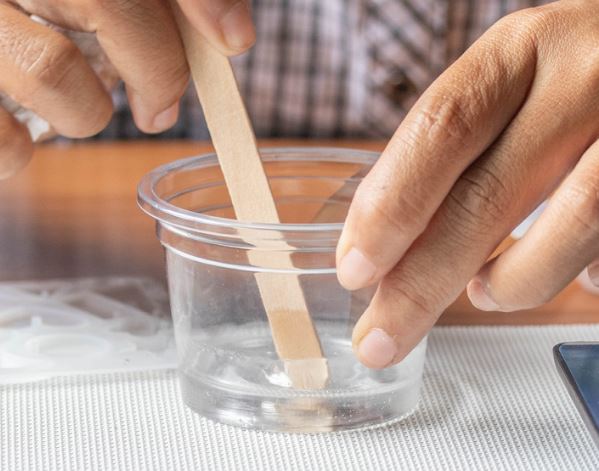
7. Inadequate Ventilation:
Issue: If you are also working on other projects at the same time, like woodworking. Fumes and dust can linger in the workspace, settling on the curing resin and potentially causing cloudiness.
Fix: Ensure proper ventilation in your workspace. Work near an open window, or use a well-functioning ventilation system to disperse fumes. If you frequently work with resin, consider wearing a respirator for personal protection.
8. Pouring Too Thick Layers:
Issue: Excessive heat generated in thicker resin layers can lead to cloudiness. The heat produced during curing may not dissipate properly, affecting the clarity of the final result.
Fix: Opt for thinner layers when pouring resin to prevent excessive heat build-up. Allow each layer to cure adequately before adding the next, promoting a more controlled curing process and clearer outcomes.
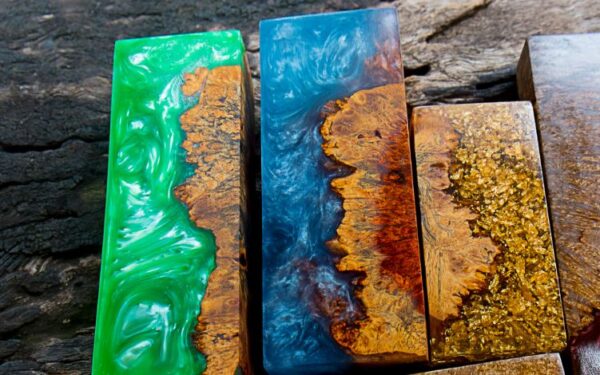
9. Humidity Levels:
Issue: High humidity can interfere with resin curing, leading to cloudiness or a tacky finish.
Fix: Monitor and control the humidity in your workspace, especially if you live in a humid environment. Consider using a dehumidifier to create a more resin-friendly setting for your projects.
10. Contaminated Pigments or Additives:
Issue: Some colorants or additives may contain impurities that can cloud your resin. Low-quality or incompatible pigments can negatively impact clarity.
Fix: Choose high-quality pigments and additives specifically designed for resin art. Conduct small-scale tests before embarking on larger projects to ensure compatibility and clarity.
Here are the best colorants for resin & how to color resin properly.
11. Too Many Bubbles
Issue: Your resin is cloudy on one side from the result of too many bubbles.
Fix: Excessive bubbles in resin can indeed contribute to cloudiness in the cured finish.
When there are too many bubbles trapped in the resin during the mixing and pouring stages, they can create microvoids or inconsistencies in the cured surface, giving it a cloudy appearance. Check our article about bubbles in resin.
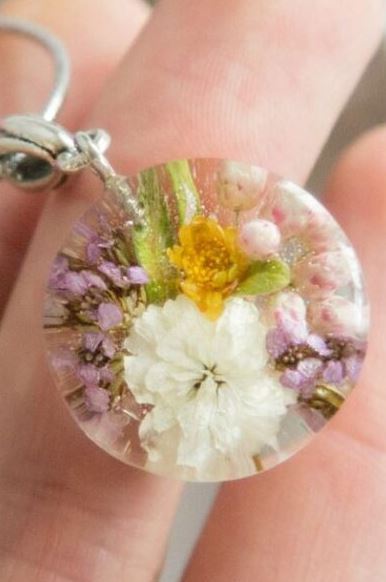
12. Poor Quality Resin
Issue: You tried to save money by purchasing a cheap brand of resin.
Fix: Choosing a high-quality resin from the start is like laying the foundation for a successful and satisfying resin crafting journey.
While it might be tempting to go for more budget-friendly options, investing in a reputable and top-tier resin brand is a decision that pays off in various ways.
Established resin brands have a reputation to uphold, which often translates to a commitment to quality. They invest in research and development, ensuring that their products meet the expectations of their customers.
This reputation builds trust, providing confidence to crafters that they are using a reliable and respected product.
Three brands we use often on this blog are:
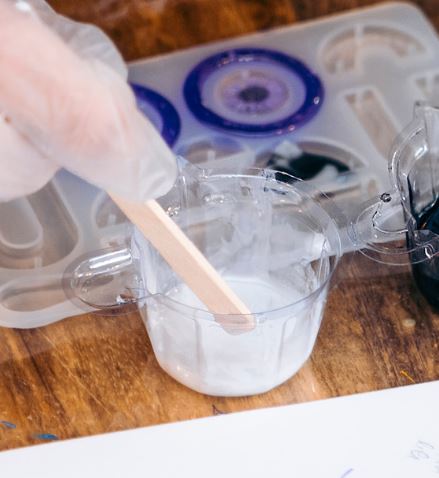


FAQ’s About Cloudy Resin
Cloudy resin during curing can result from factors like incorrect mixing ratios, under-mixing, moisture contamination, or temperature fluctuations. Ensure precise measurements, thorough mixing, a dry environment, and proper temperatures for optimal results.
If you notice cloudiness during curing, remix a fresh batch following proper ratios and mix thoroughly. Pour in thin layers, allowing each to cure before adding the next. This helps manage heat and promotes clearer results.
Sometimes. Post-curing UV exposure, sanding, and polishing can improve clarity. Additionally, applying a clear resin coat on top may mask cloudiness and provide a glossy finish. Do note that depending on why it became cloudy, you might not be able to fix it.
Over time, resin components can degrade, impacting their ability to cure properly. Check expiration dates, and use fresh resin to ensure optimal performance and clarity.
High humidity can interfere with resin curing, leading to cloudiness or a tacky finish. Control humidity in your workspace, and consider using a dehumidifier for a more resin-friendly environment.
Yes, low-quality or incompatible pigments and additives can contribute to cloudiness. Choose high-quality, resin-specific colorants, and conduct small-scale tests before using them in larger projects.

Tips For Fixing Cloudy Resin
1. Remix and Pour in Thin Layers:
If you notice cloudiness while the resin is still curing, try remixing a fresh batch following proper ratios and mixing thoroughly. Pour the new mixture in thin layers, allowing each layer to cure properly before adding the next. This helps manage heat better and promotes clearer results.
2. Post-Curing UV Exposure:
If your cured resin appears cloudy, expose it to additional UV light. Place your project in direct sunlight or use a UV lamp for an extended period. This post-curing UV exposure can sometimes improve clarity by enhancing the polymerization process.
3. Sand and Polish:
For slight cloudiness or surface imperfections, consider sanding and polishing the cured resin. Use a fine-grit sandpaper to smooth the surface, followed by a polishing compound to restore clarity. This method is particularly effective for resin pieces with a glossy finish.

4. Use a Resin Clear Coat:
If your resin project is cloudy after curing, consider applying a clear resin coat on top. This additional layer can help to mask cloudiness and provide a glossy, clear finish. Ensure proper mixing and application to avoid introducing new issues.
5. Evaluate Additives:
Reevaluate any additives or inclusions you’re using. Some colorants or additives may contribute to cloudiness. For those of you who are using dried flowers, if they are not completely dry, that can also cause resin to be cloudy.
Experiment with different brands or types, and conduct small-scale tests before committing to larger projects. Ensure that the additives are compatible with the resin you’re using.
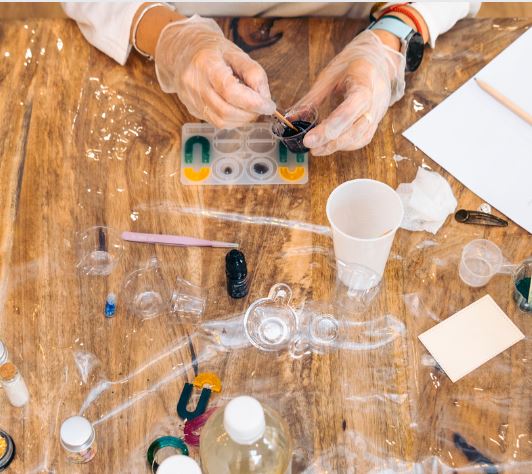
Remember, troubleshooting resin projects is part of the crafting journey. Each project teaches valuable lessons, and with these tips, your readers can tackle cloudy resin with confidence and creativity! 🌟✨
Thank you for taking the time to explore the world of resin crafting with us! We hope this guide has been a valuable companion on your creative journey.
Crafting with resin can be both exciting and challenging, and we’re thrilled to have shared tips and insights to make your experience smoother.
If you found this information helpful, stay tuned for more crafting adventures and tips. Your creativity knows no bounds, and we’re here to support you every step of the way.
Happy crafting, and may your resin projects always shine bright and clear! Thanks for being a part of our crafting community. 🌈✨


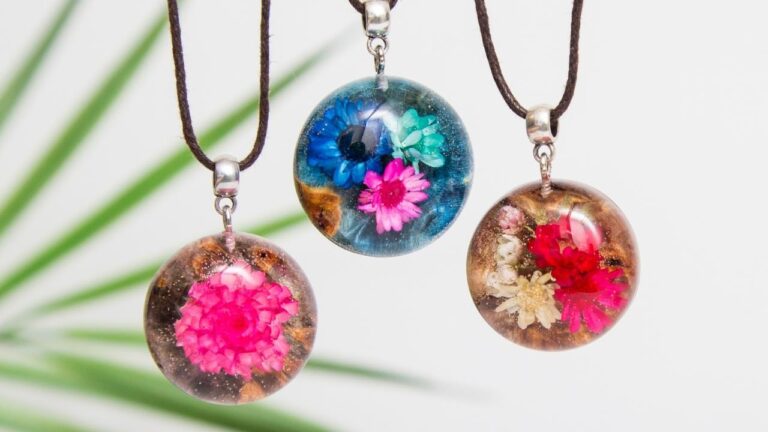
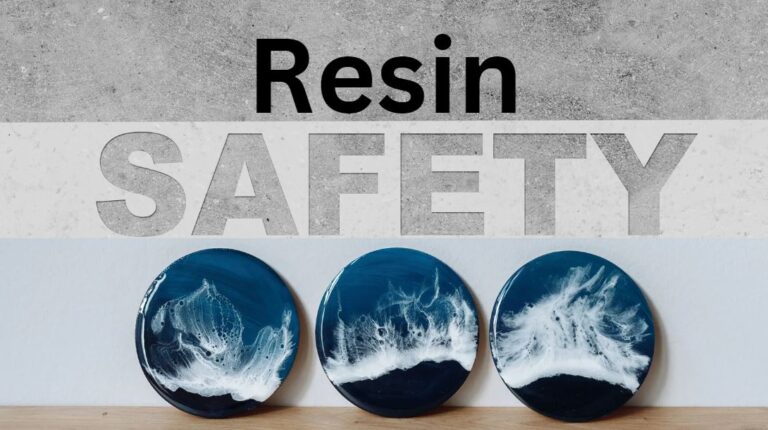
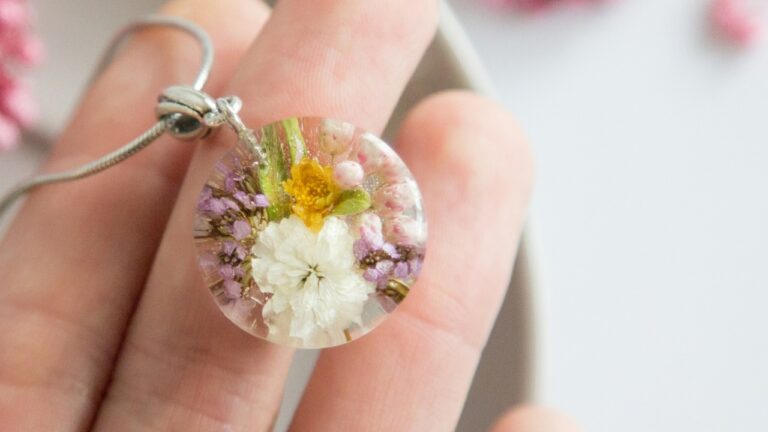
![17 top Reasons why RESIN IS NOT CURING [2024]](https://craftydiyartistry.com/wp-content/uploads/2023/10/why-resin-is-not-curing-cover-768x432.jpg)
